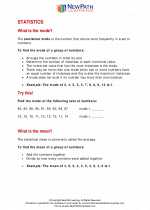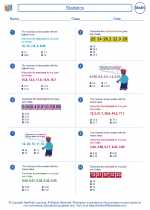Rain Gauge Study Guide
A rain gauge is a meteorological instrument used to measure the amount of precipitation that falls at a particular location over a specific period of time. It is an important tool for monitoring and studying the Earth's water cycle and weather patterns.
Types of Rain Gauges
- Standard Rain Gauge: This type consists of a graduated cylinder that collects and measures the amount of rainfall. It is usually placed outdoors and requires manual readings.
- Tipping Bucket Rain Gauge: This gauge uses a funnel to direct rainfall into a small seesaw-like container. When a certain amount of water accumulates, the container tips, triggering a measurement. It is often automated and electronically recorded.
- Weighted Tipping Bucket Rain Gauge: Similar to the tipping bucket gauge, but the tipping mechanism is controlled by a weight rather than by the water itself.
- Optical Rain Gauge: This type uses light beams to detect the presence and intensity of rainfall. It is often used in automated weather stations.
How Rain Gauges Work
When rain falls, the water is collected in the rain gauge. The amount of water collected is then measured using the gauge's scale or electronic sensor. This measurement is recorded and used to calculate the total amount of precipitation that has fallen at that location.
Importance of Rain Gauges
Rain gauges are essential for various purposes, including:
- Monitoring and predicting weather patterns
- Assessing water resources and managing water supply
- Studying long-term climate trends
- Understanding the impact of rainfall on agriculture, ecology, and urban development
Using a Rain Gauge
When using a rain gauge, it's important to:
- Place the gauge in an open area away from obstructions
- Ensure that the gauge is level and stable
- Regularly empty and record the collected precipitation
- Follow the manufacturer's instructions for maintenance and calibration
Conclusion
Rain gauges play a crucial role in understanding and managing the Earth's water cycle. By accurately measuring rainfall, they provide valuable data for various scientific, environmental, and practical applications.
.◂Math Worksheets and Study Guides Fifth Grade. Statistics

 Worksheet/Answer key
Worksheet/Answer key
 Worksheet/Answer key
Worksheet/Answer key
 Worksheet/Answer key
Worksheet/Answer key
